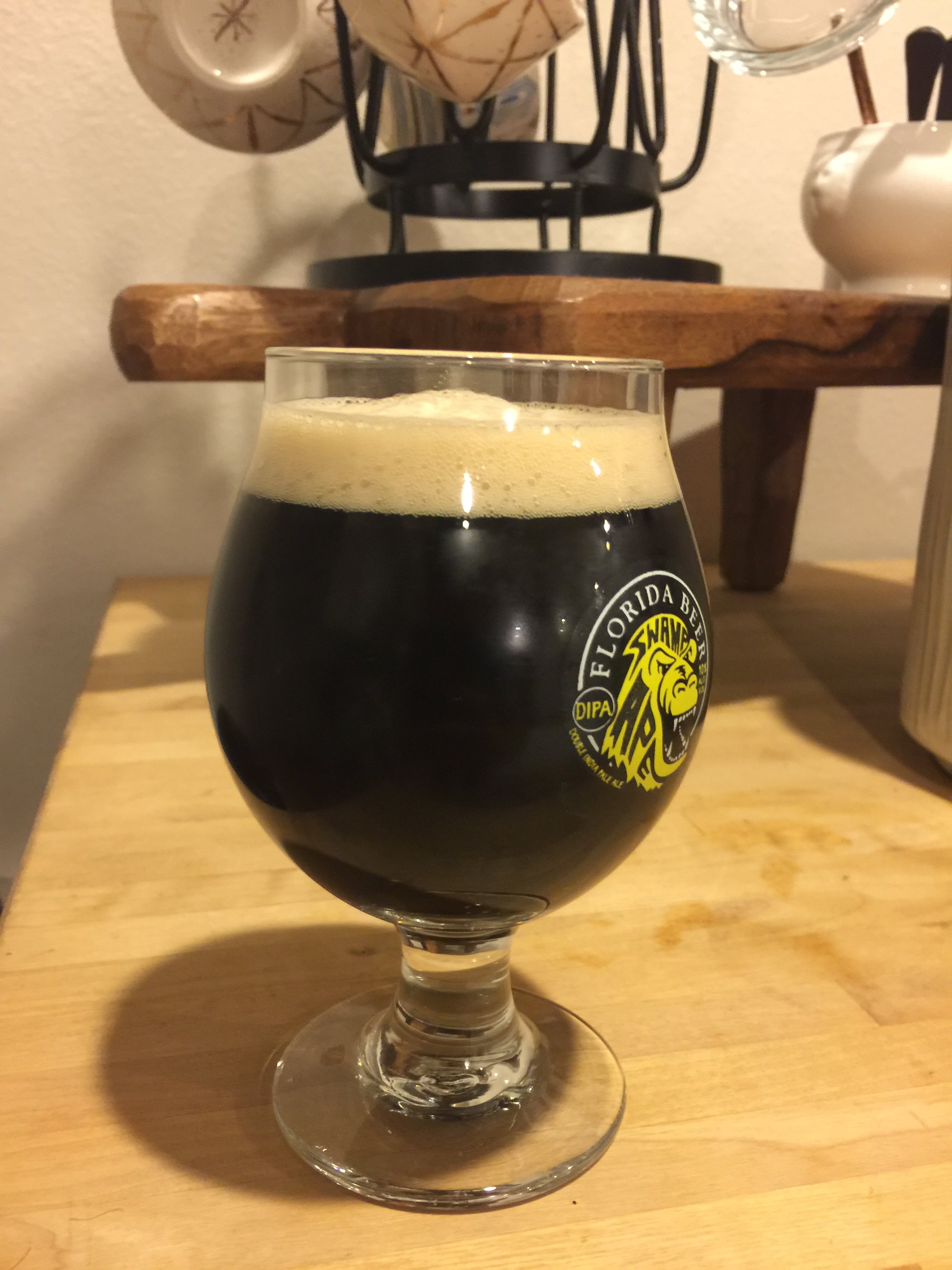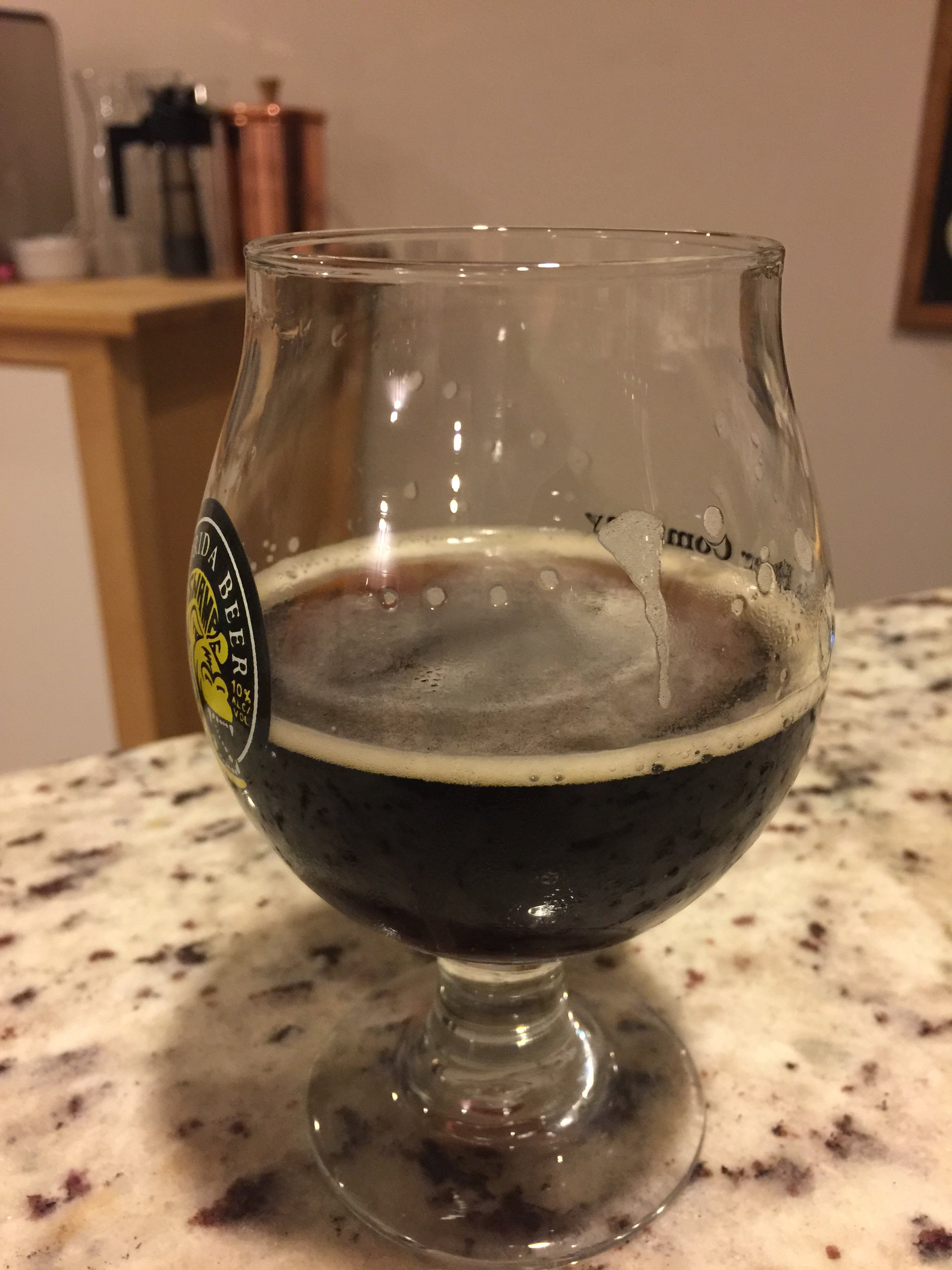I have a break from responsibilities today so I figured why not turn it into a brew day. I’ve been wanted to brew an English Mild and figured why not. I’m planning on running to my home brew store in a couple hours.
Below is the recipe I’m working on, but not sure if someone can help me tweek it.
I also wanted to bring this up closer to 3.8-4 abv in beer smith, but when I do it’s showing the OG as over.
6lbs Maris Otter
8oz Chocolate Malt
8oz Carmel Malt 60L
1oz EKG 60 minutes
1oz BCG 5 minutes
WLP002
Right now that’s putting me at 3.32 abv which was a little lower than I was hoping.
Below is the recipe I’m working on, but not sure if someone can help me tweek it.
I also wanted to bring this up closer to 3.8-4 abv in beer smith, but when I do it’s showing the OG as over.
6lbs Maris Otter
8oz Chocolate Malt
8oz Carmel Malt 60L
1oz EKG 60 minutes
1oz BCG 5 minutes
WLP002
Right now that’s putting me at 3.32 abv which was a little lower than I was hoping.







